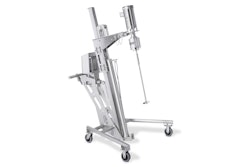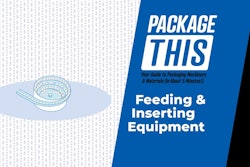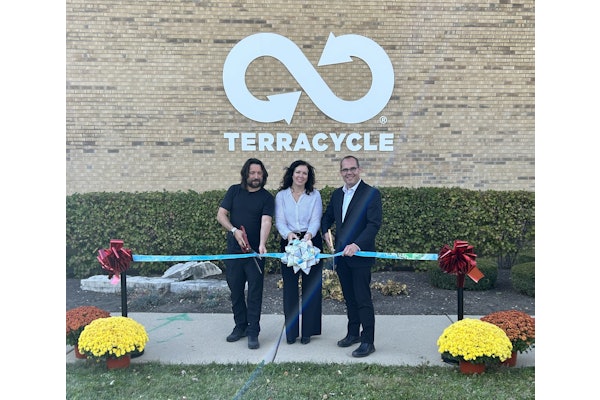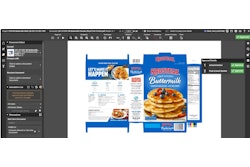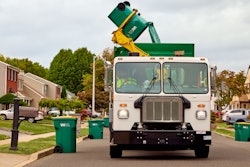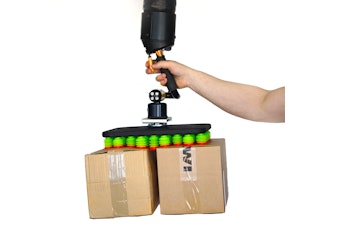Variances in shipping container testing requirements between small parcel carriers and Rule 180 can understandably cause a packager confusion. Virtually every parcel carrier has established its own unique set of test requirements that containers must meet.
For example, UPS and Roadway Express require that rotary or vertical linear repetitive shock vibration testing be followed by free-fall drop, or incline impact testing. At Federal Express, a sine sweep and dwell vibration test precedes free-fall drop or incline impact testing.
Meanwhile, Rule 180 mandates a specific sequence of compression or stacked random vibration, rotary or vertical linear repetitive shock vibration and a free-fall drop.
To assure compliance with carrier requirements, packagers need to obtain information on possible weakness in a proposed package design, says Alfred McKinlay, P.E., in an opinion paper written following Transpack 95. Packagers must also keep abreast of ever-changing test requirements by communicating with the carriers they use.
"Once the package is designed and individual tests prove successful, conduct the various performance tests in sequential manner, making sure the package is not opened until all tests are completed on it," he says. "At least one, and preferably three packages should be subjected to each test plan."
In summary, he says, "Since the modes of transport are dissimilar, with different types of equipment at sorting terminals, there will always be different requirements. Package designers must continue to meet the needs of each carrier type."






